1. How to Iron a Shirt (Perfectly)
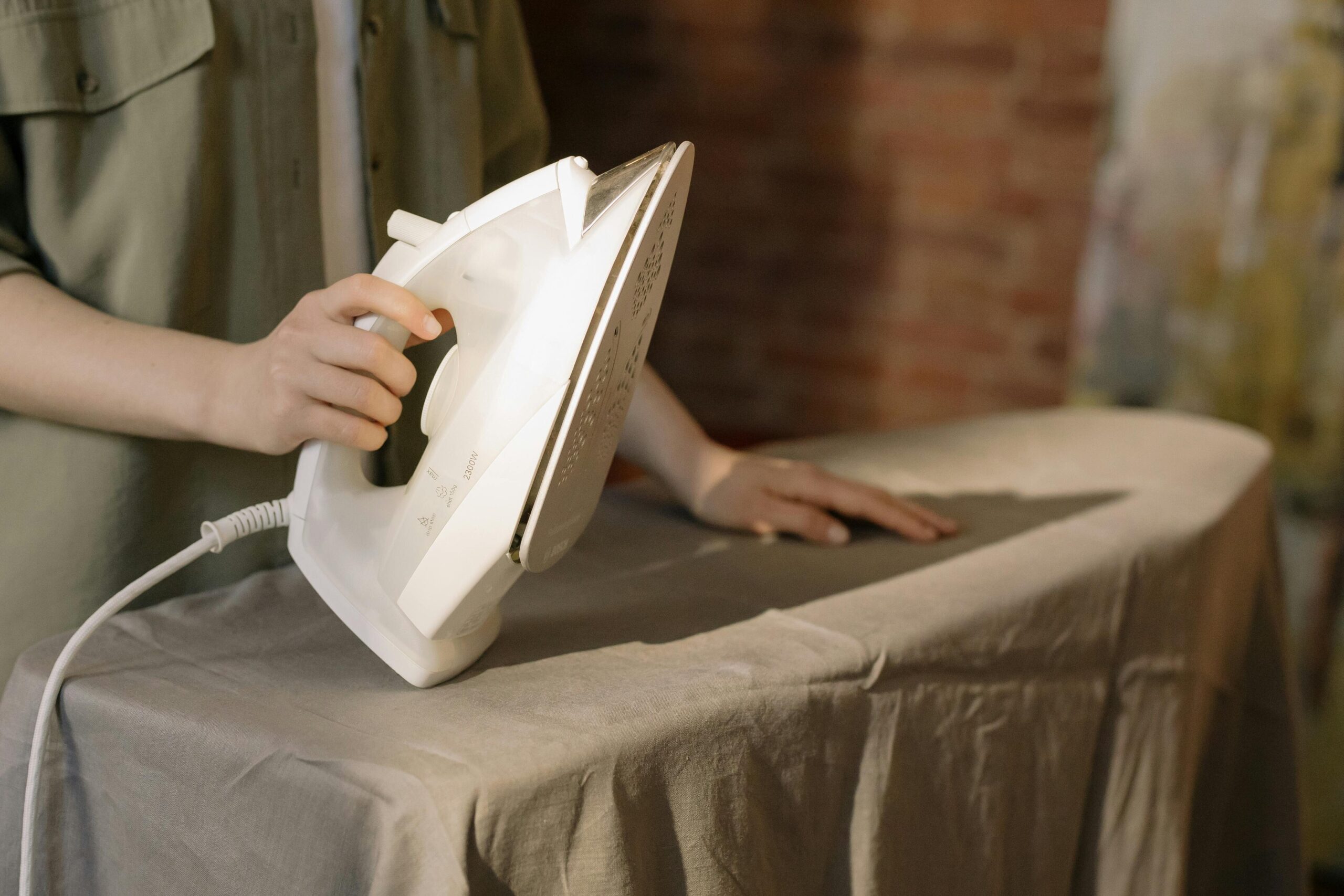
Back in the ’50s, teens weren’t just expected to know how to iron—they were expected to do it well. Crisp collars, no creases in the wrong places, and those tricky sleeves? That was all part of the skill. Girls often practiced on their brothers’ or fathers’ dress shirts, while boys learned so they could look sharp for school or job interviews. Wrinkled clothes were a sign of laziness, and teens took pride in showing up looking freshly pressed. It wasn’t just about vanity—it was about respectability shares Martha Stewart.
These days, many teens don’t even own an iron. Between wrinkle-release sprays, dryers with steam settings, and the ever-popular “just hang it up in the bathroom while you shower” trick, this once-crucial skill has faded. But there was something satisfying about gliding a hot iron over a fresh cotton shirt, especially when your mom gave you a proud nod afterward. It was a rite of passage most teens today have never even heard of explains the Washington Post.
2. Writing Thank-You Notes by Hand

A handwritten thank-you note was practically a law in the ’50s. If someone gave you a gift, took you out, or even invited you over for dinner, you wrote a note. Teens were expected to have stationery, legible penmanship, and the ability to express sincere gratitude in a few well-chosen lines. It was considered good manners and reflected well on your family, too. Parents wouldn’t hesitate to make you sit down and do it the same day says Reader’s Digest.
Now? Text messages or a quick “thanks!” in a group chat have taken the place of those carefully crafted notes. Many young people don’t even know how to properly address an envelope. But back then, it was a small but important gesture that taught teens to pause, reflect, and show appreciation. There was real charm in getting a thank-you card in the mail with your name written beautifully across the top shares Southern Living.
3. Setting a Formal Table
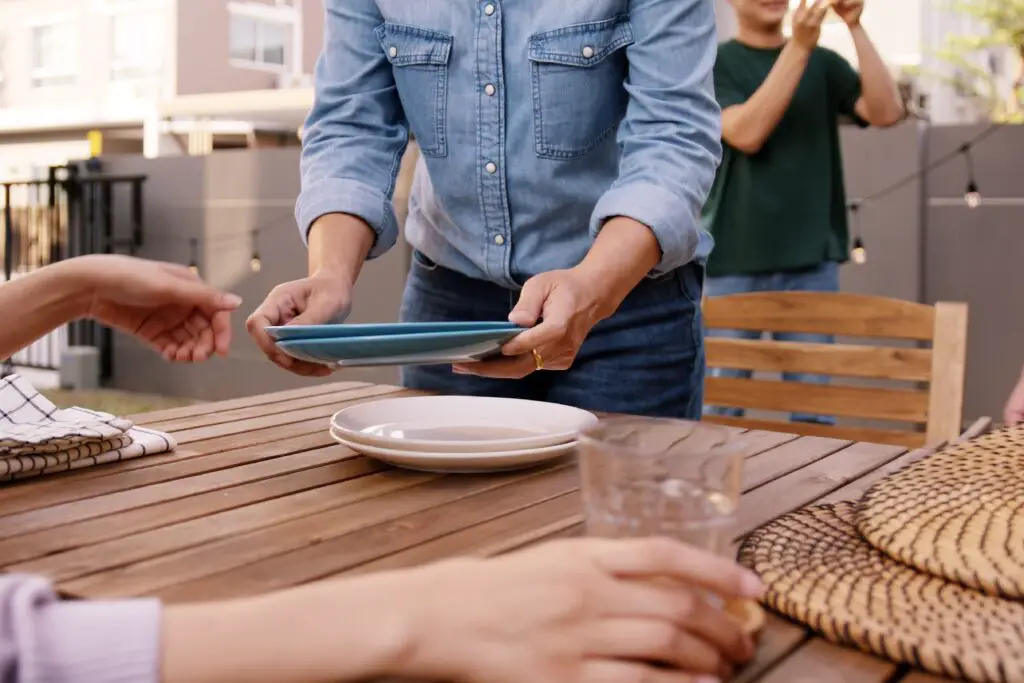
Forks, knives, salad forks, dessert spoons—the works. Teens in the ’50s were taught exactly how to set a proper table, whether for Sunday dinner or hosting a guest. Knowing the difference between a soup spoon and a teaspoon wasn’t just for show—it was expected. Home economics classes drilled it in, and parents often had teens help with the setup for special meals. It was all about learning how to entertain with grace.
Fast forward to today, and you’re lucky if everyone remembers to put out napkins. With so many meals eaten on the couch or out of a takeout box, the art of formal table setting has become almost a lost language. But in the ’50s, teens learned it as part of being prepared for adulthood. There was pride in getting it just right and impressing your grandparents or a date’s parents with your attention to detail.
4. Basic Car Maintenance

Changing a tire, checking the oil, and jump-starting a car were practically mandatory skills for ’50s teens—especially the boys. Having your own wheels came with responsibility, and even if you didn’t, you were expected to know how to keep a car running. High schools sometimes offered shop classes that covered the basics, and dads were quick to pull their kids under the hood on a weekend afternoon. You couldn’t rely on AAA to rescue you every time something went wrong.
Today, with so many computerized car systems and the convenience of roadside assistance, fewer teens know what’s under the hood. A flat tire now often leads to a phone call instead of a quick fix. But back then, knowing how to take care of your car gave you freedom—and a little street cred. It was one of those grown-up things you couldn’t wait to learn.
5. How to Address Adults Properly
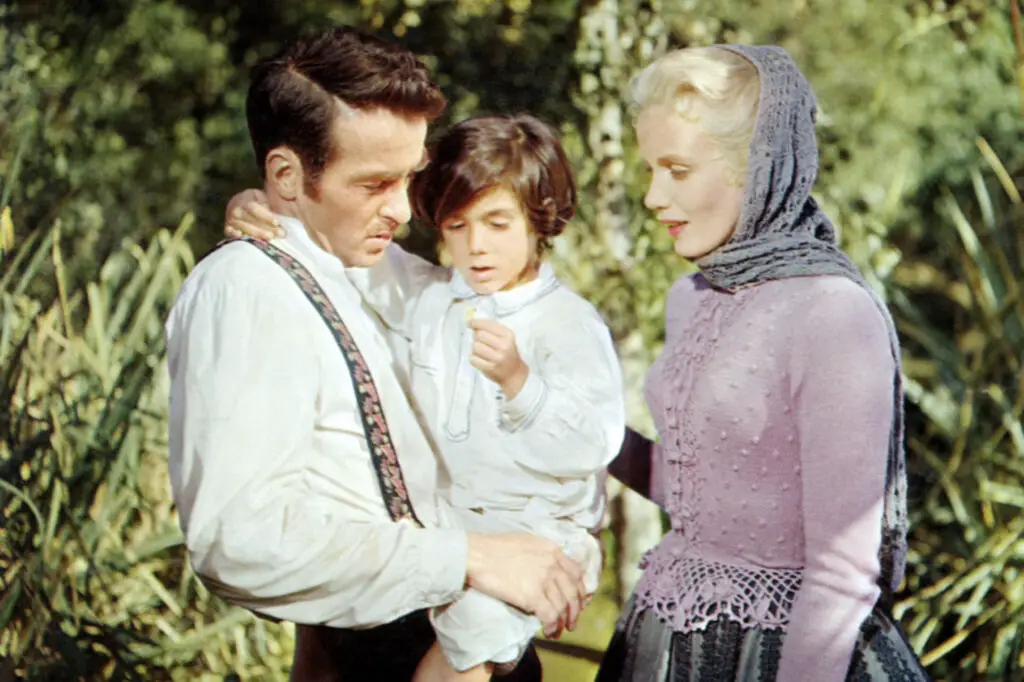
In the ’50s, there was a very clear rule about how you spoke to adults: always with respect. “Sir” and “Ma’am” weren’t optional, and calling your friend’s mom by her first name was completely out of the question. Teens were taught to make eye contact, offer a handshake, and speak clearly. Even answering the phone at home meant using polite language and identifying your household. It was considered basic decency.
While many teens today are wonderfully respectful, the formality of the ’50s is long gone. The lines between generations are a lot more casual now, which isn’t always a bad thing—but it does mean certain social niceties have vanished. Back then, knowing how to properly greet an adult could open doors for jobs, references, or just a good impression. It showed you were raised right.
6. Sewing on a Button
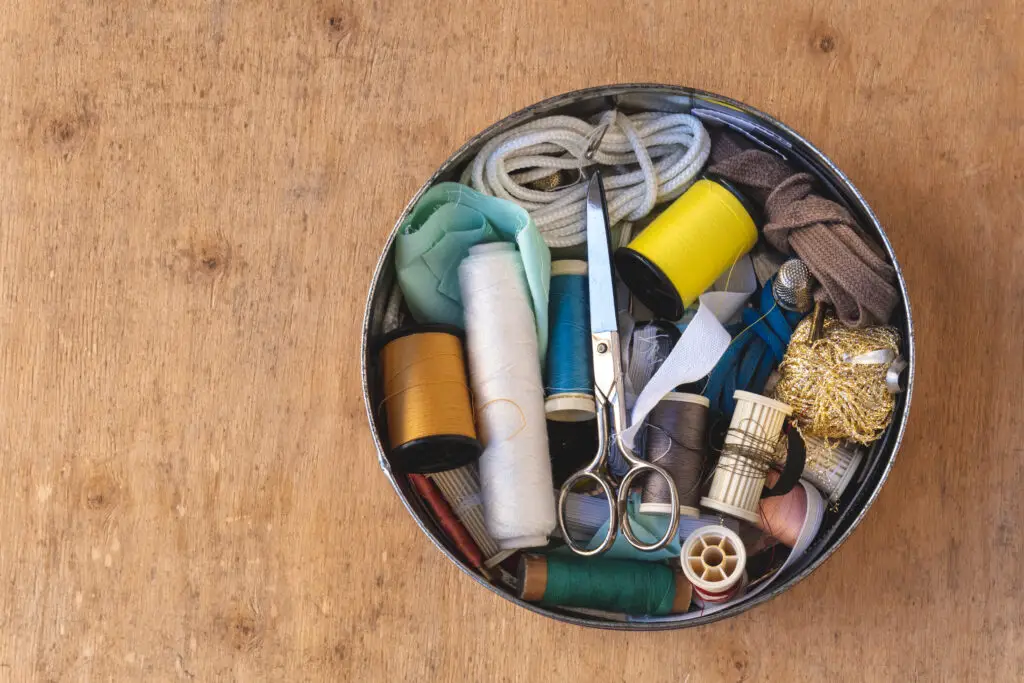
A missing button wasn’t a reason to throw something out in the ’50s—it was just a quick fix. Teens, especially girls, were taught to sew by hand from a young age. Home ec classes often included mending skills, and many moms kept a sewing kit in the kitchen drawer. It wasn’t just buttons, either—hemming skirts or fixing a ripped seam was all part of the package. It gave you a sense of independence.
Today, a lot of teens wouldn’t know where to start with a needle and thread. Clothing has become so disposable, and repairs are often outsourced (if done at all). But in the ’50s, these tiny repairs were just part of life. There was something empowering about being able to quietly fix your own clothes without help from anyone.
7. Memorizing Phone Numbers

Before contact lists and speed dial, you had to remember every phone number you needed. Teens in the ’50s knew their friends’ numbers, their relatives’, and often their school or job numbers by heart. You also had to know how to use a rotary dial phone—no mistakes or you’d have to start all over. It required a bit of mental sharpness and repetition, but it was second nature to most kids.
Today, many people can’t even recite their best friend’s number. Smartphones do all the remembering for us, and that old muscle memory has faded. But back then, rattling off a phone number was just part of being connected. It’s funny to think of it now, but there was pride in not needing to look anything up.
8. Making a Bed with Hospital Corners

If you were a teen in the ’50s, chances are you knew how to make a bed that would pass military inspection. Hospital corners were the gold standard: tight, neat, and sharp enough to bounce a coin off the blanket. Parents, teachers, and even summer camps emphasized bed-making as a daily discipline. It was seen as a reflection of your character and work ethic.
These days, many teens don’t bother making their beds at all, let alone tucking corners. Fitted sheets and duvets have made the whole process simpler—and sloppier. But there was something satisfying about pulling those sheets tight and folding everything just so. It was a quiet, daily ritual that set the tone for the day.
9. Writing in Cursive

Penmanship was serious business in the ’50s, and cursive writing was a must. Teens were expected to write fluently in looping, connected letters—and beautifully, too. Schools even graded students on their handwriting, and there were competitions for the best penmanship. Whether you were writing an essay or a love note, it had to look polished.
Now, cursive is barely taught in schools, and many teens can’t read it, let alone write it. Typing has taken over, and most communication is done digitally. But back then, your handwriting said a lot about you. A good cursive signature was a sign of adulthood, and many kids practiced it over and over in their notebooks.
10. Reading a Map

Long before GPS, teens had to learn how to read a paper map—and fast. Whether it was for a family road trip or a local outing, knowing how to navigate was part of growing up. Parents often handed over the map and let their kids figure it out. It wasn’t always easy, but it taught spatial awareness, planning, and how to think on your feet.
Today, maps are mostly digital and do all the work for you. While that’s convenient, it means fewer teens know how to navigate without technology. Back in the ’50s, getting lost was part of the fun—and part of the learning. You gained confidence every time you figured out where you were and how to get where you were going.
11. Baking from Scratch

Teens in the ’50s often knew how to whip up biscuits, cookies, or even a pie crust from scratch. It wasn’t unusual for a teenager to be in charge of a dessert for Sunday dinner or to bake something for a school event. They learned from their mothers or grandmothers, and recipes were often passed down by hand. Measuring, mixing, and timing were all part of the rhythm of home life.
Today, baking is more of a hobby than a necessity, and pre-made dough or mixes are the go-to. While some teens love to bake, it’s usually thanks to social media trends rather than family tradition. But in the ’50s, it was about feeding people you loved and taking pride in something made with care. The smell of fresh cookies in the oven was a regular part of home life.
12. Shining Your Own Shoes
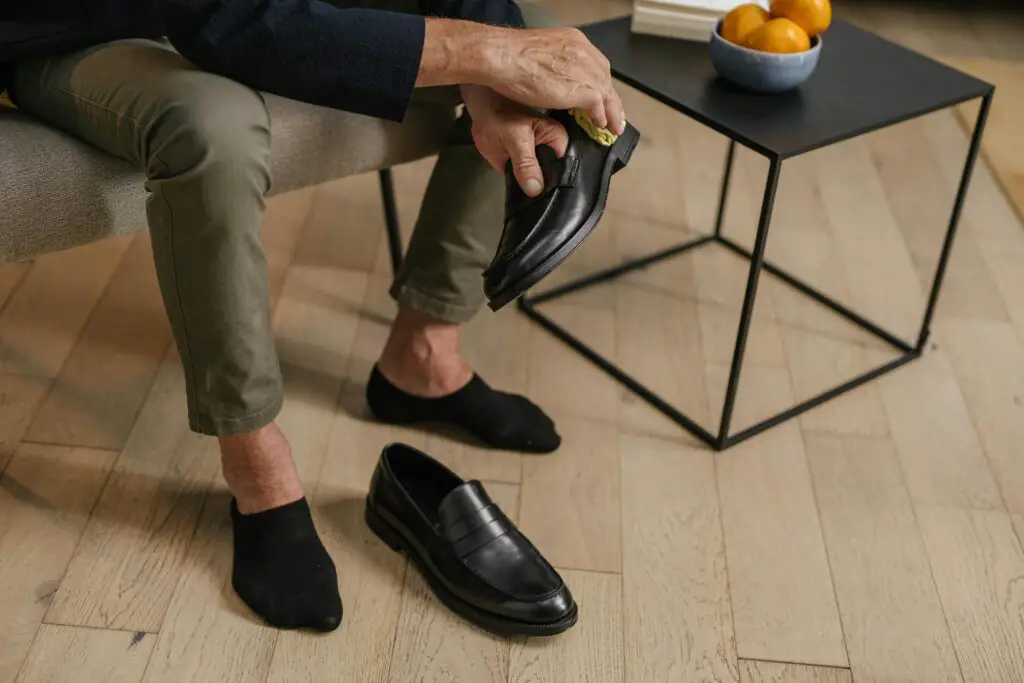
Scuffed shoes were a no-no in the ’50s, and teens learned how to shine them properly. A little polish, a soft cloth, and some elbow grease could make your shoes look brand new. Boys often did it before church or a dance, and girls kept their saddle shoes sparkling. It was just part of grooming and presentation—no different than brushing your teeth.
Nowadays, shoe polish is more likely to be found in the back of a forgotten closet. Sneakers and casual styles don’t need it, and formal shoes are rarely worn. But there was something almost meditative about shining your shoes before heading out. It made you feel put together, even if you were just going to the store.
13. Balancing a Checkbook

Even teens were taught the basics of budgeting and tracking expenses in the ’50s. Balancing a checkbook wasn’t just for adults—it was a way to learn responsibility. Whether it was a summer job paycheck or allowance money, keeping track of it was expected. Schools sometimes included this in math classes, and parents often oversaw the practice at home.
Today, digital banking does all the math for you, and many teens never even write a check. While budgeting apps are great, they don’t always teach the same discipline. Back then, you had to sit down and think about where your money went. It was an early lesson in being accountable and planning ahead—skills that are just as important now, even if the method has changed.
